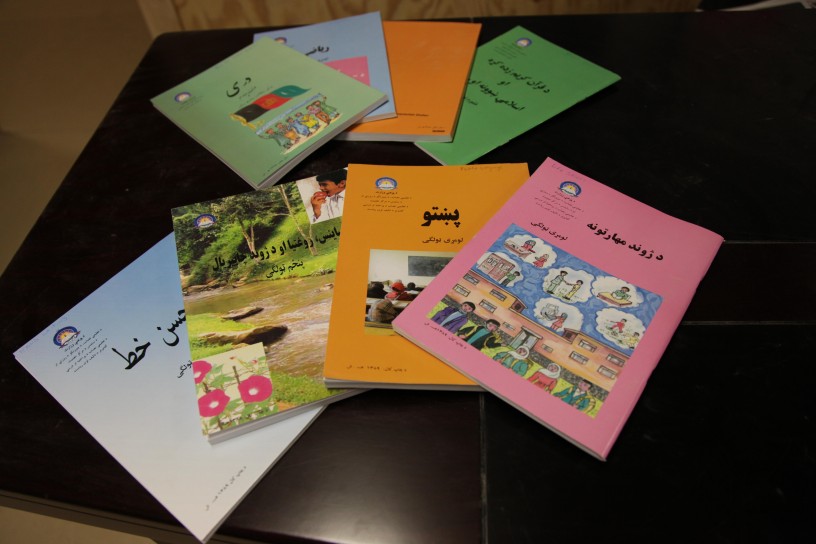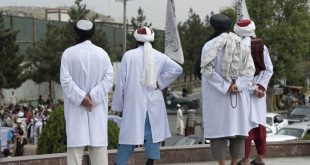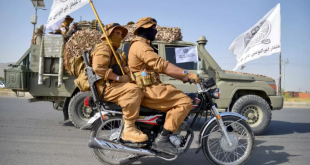In a rare show of cooperation, the Afghan Taliban have allowed the government to reopen schools in territories it overran after bloody battles earlier this year.
Afghan officials say they have struck an informal agreement with Taliban insurgents to reopen 51 schools in two districts of Helmand Province in southern Afghanistan.
Abdul Mateen Jaffar, Helmand’s director of education, says the insurgents recently sent him a letter expressing their willingness to let his department reopen 51 schools in Helmand’s Nad-e Ali and Marjah districts. The Taliban overran large parts of the two districts earlier this year.
Jaffar says the schools are expected to reopen later this week. “I hope all of Helmand’s schools will reopen. If we succeed in these two districts and the insurgents remain true to their commitments, then a single school will not remain shut across Helmand,” he told Radio Free Afghanistan.
Jaffar says the next step will be to open all of the 150-plus schools across seven Helmand districts. A violent Taliban offensive aimed at grabbing territory in Nad-e Ali, Marjah, Nawzad, Sangin, Washir, Kajaki, and Musa Qala districts prevented tens of thousands of students in these regions from attending schools since the spring.
“We are now reaching out to the senior Taliban commanders in these districts. Our aim is to persuade them to let us open every school,” he said. “I am very grateful to them [the Taliban] for pushing all our teachers to regularly teach in schools in parts of Kajaki district, which they control.”
The Taliban have not commented on the cooperation but in recent years have distanced themselves from targeting and destroying schools.
The unprecedented cooperation is a rare piece of good news for Helmand’s estimated 1 million residents. The region has witnessed a dramatic uptick in violence since the beginning of this year when insurgents ramped up their attacks against fledgling government forces.
The strategic province of Helmand, Afghanistan’s largest, shares a border with Pakistan and is in close proximity with Iran. Despite the presence of tens of thousands of NATO and Afghan troops, the region has remained a key battleground for the past decade.
Observers say the region’s status as the top global producer of opium fuels violence in the province. Helmand has served as the main recruiting ground for the Taliban since their emergence two decades ago.
Locals say that after the departure of most NATO troops last year, Afghan government control in most restive Helmand districts has been limited to district centers. (Gandhara)
 Afghanistan Times
Afghanistan Times




